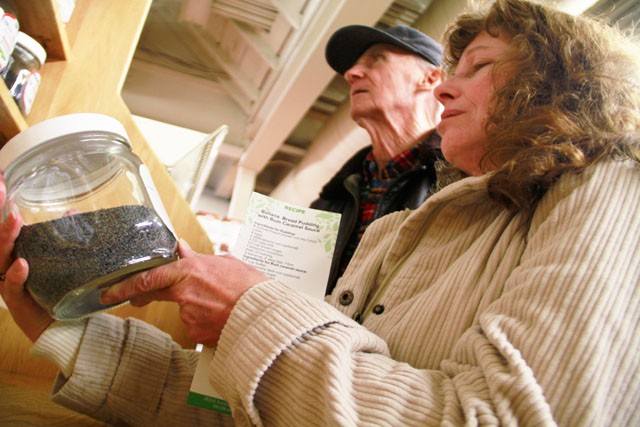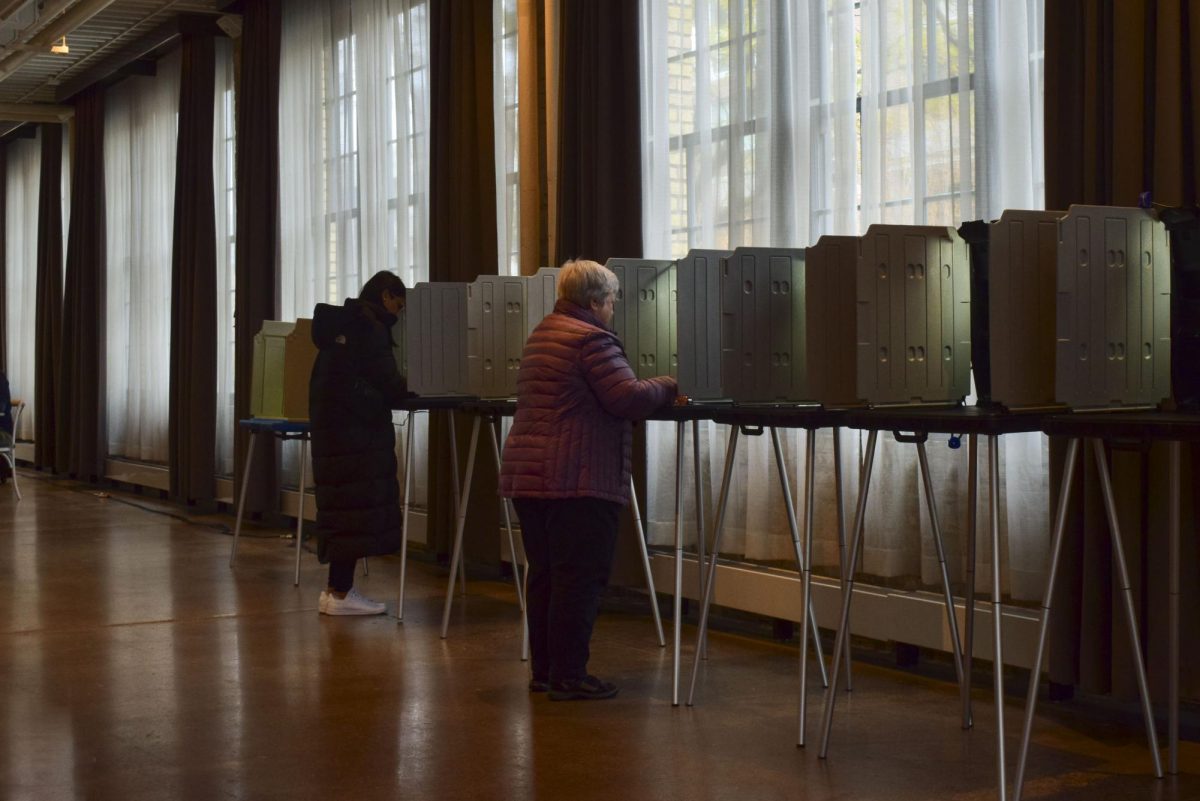Temporary issues like weather and a salmonella outbreak have recently driven up food prices.
So has the rising cost of gas. But this problem âÄìâÄì and the resulting cost increases at grocery stores âÄìâÄì may not be temporary.
According to a recent report from the Consumer Price Index, food prices increased 1.6 percent nationally in 2010 and 0.5 percent in January 2011 alone. In the Midwest, prices rose 1.9 percent in 2010 and matched the national increase in January.
Wheat, corn, soybeans, rice, sugar and cocoa are all up, according to Edward Usset, a grain marketing specialist at the University of Minnesota. He said increases can be blamed on a âÄúbull market of commoditiesâÄù âÄî signifying that prices are expected to continue rising.
He does not see them going down anytime soon either.
Laurel Bauer, the owner of DinkytownâÄôs House of Hanson, said prices are definitely going up all across her store.
âÄúItâÄôs affecting milk, itâÄôs affecting bread, itâÄôs affecting everything that goes into a pizza,âÄù she said.
Bauer said part of the reason for the increased prices is the harsh winter that struck across the country, especially when it comes to produce.
âÄúLettuce, tomatoes, any fresh produce, anything green has just about doubled in price,âÄù she said.
On top of that, fuel prices and fees compound her invoices. She said this started happening once gas prices topped $3 per gallon.
âÄúIt just costs more to get it here,âÄù Bauer said. âÄúEvery distributor adds a fuel service charge.âÄù
House of Hanson works with 39 different distributors who deliver anywhere from twice a week to once every three weeks.
âÄúTransportation is a big, big part of all foods because we move them around a lot,âÄù Usset said.
Meanwhile, Gopher Grocery President William Orkin said the economic climate has yet to hurt his company.
âÄúWeâÄôre trending at a 15 to 20 percent increase in this year as compared to last year,âÄù he said. Both revenue and number of customers are up in the first two months of 2011.
Mounting gas prices have attracted more customers as they see it as a way to save money.
Orkin said with Gopher GroceryâÄôs $2 delivery fee âÄî now almost half the price of a gallon of gas âÄî customers are bypassing a trip to the store to save money.
Started in 2006, Gopher Grocery has expanded delivery from its original two zip codes to more than 100. Orkin said their growth is not necessarily economy-driven but due to more people finding out about the company.
Similarly, Tom Vogel, the marketing and membership manager at Seward Co-op, said the store has thrived in recent years, even undergoing an expansion.
âÄúAs far as the economic effects, we havenâÄôt been negatively or adversely affected by that,âÄù he said
Seward Co-op has gauged this measure not just through sales, but increases in membership, which has risen to 8,000. Vogel said he believes the co-op business model has attracted more members.
Co-op businesses are voluntarily owned by their members and operated for their benefit.
Along with other benefits, customers make a $75 stock investment to Seward Co-op to become a member and have a voice in how the business is run.
Vogel said this sense of ownership appeals to more people and influences how and where they shop.
âÄúI think a lot of people are starting to look more seriously at what organization they give their money to,âÄù he said.
While their prices may be a little higher for some products, Vogel said, customers prefer the âÄúlocal connections and transparent food trailâÄù that the store offers, especially in light of recent recalls from bigger food companies.
For example, after nearly a half-billion eggs were recalled in August 2010 due to a salmonella scare, Vogel said Seward Co-op sold out of eggs because customers knew exactly where theirs came from and knew they were not contaminated.
To Usset, the nontraditional grocery store models of Gopher Grocery and Seward Co-op are an example of the marketâÄôs âÄúcorrective action.âÄù
âÄúAs consumers, we make choices when prices are going up,âÄù he said. âÄúI think we do that collectively.âÄù
Usset said the U.S. has been fortunate to be bountiful in food production and being able to put food on the table, relative to other countries where it is a bigger part of their income. But consumers are going to have to start finding ways to deal with the price increases, he said.
âÄúYou start to think about it when it costs a lot,âÄù Usset said.

Elizabeth Kresal and Richcard Nielseu shop at Seward’s Co-Op on Monday. Kresel mentioned she is trying to start a garden in her community to save money on produce costs.
Economy has mixed effects on area grocery stores
Nontraditional grocery store models are finding success despite rising prices.
Published March 10, 2011
0
More to Discover







